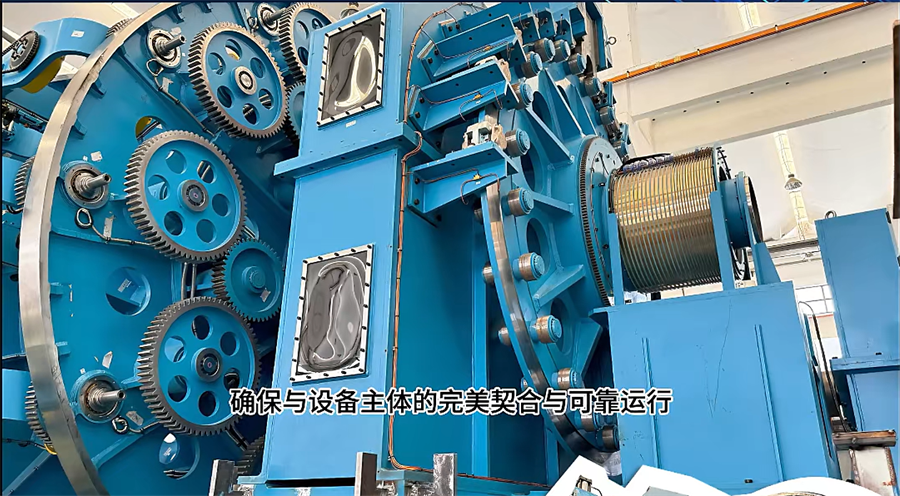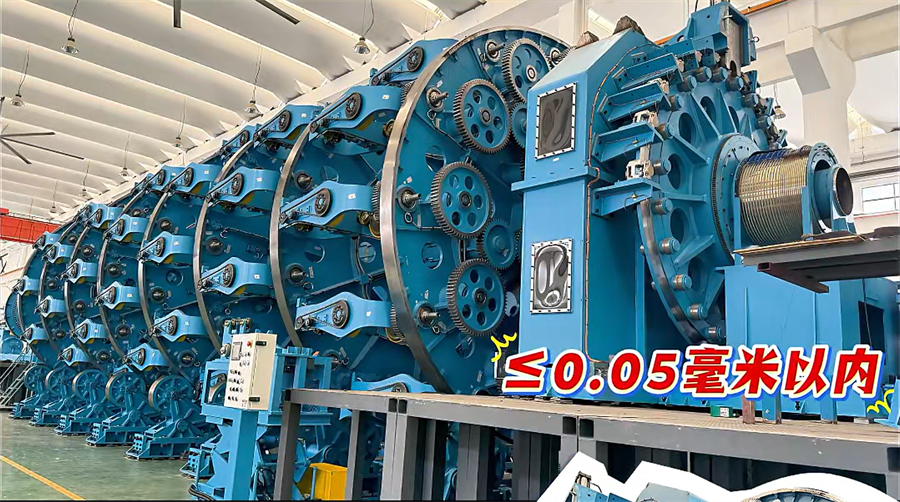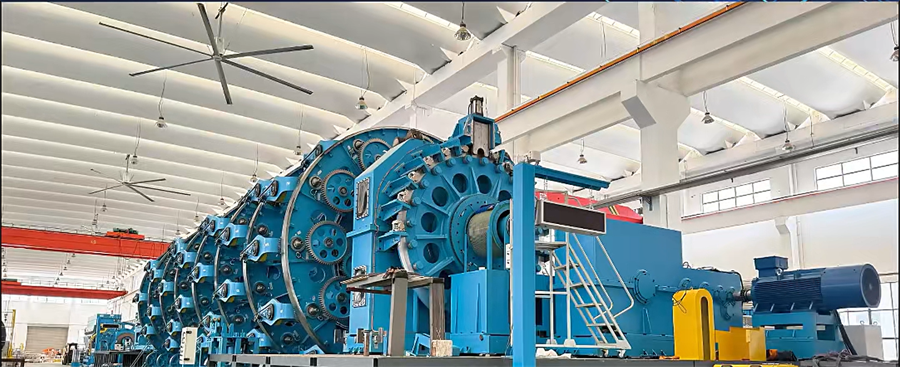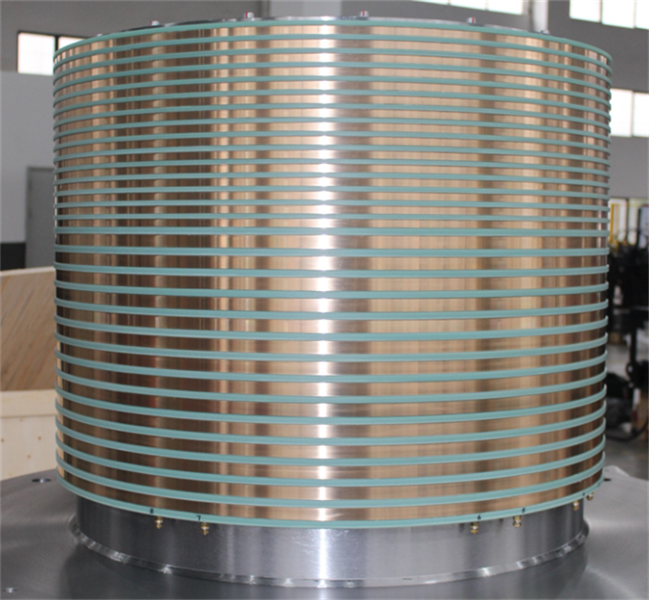Slip Ring for cable equipment
Specifications
1. Insulation performance: Resistant to high voltage of 1500V;
2. Remove burrs, smooth out sharp edges and sharp corners;
3. Coaxiality of the slip ring: 90.05;
4. Linear dimension tolerances not specified shall be in accordance with GB/T 1804-m;
5. Shape and position tolerances not specified shall be in accordance with GB/T1184-k;
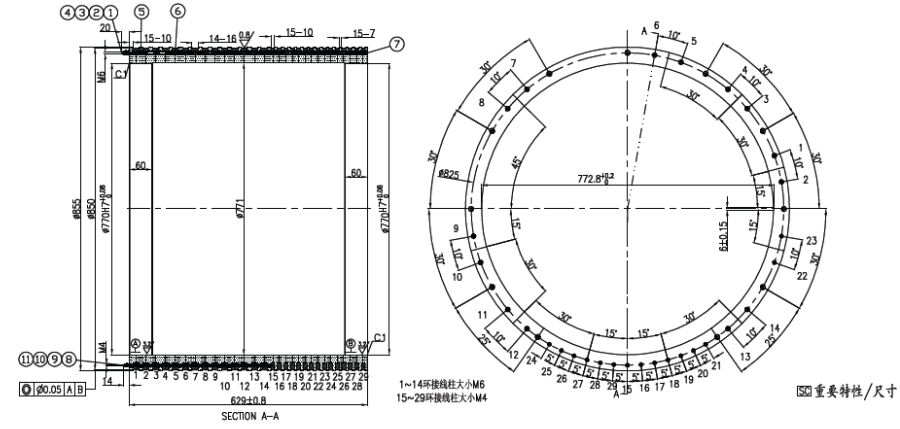
Morteng 29 slip rings are critical components in armored cable manufacturing equipment, serving as the vital link for transmitting power, signals, and data between stationary and rotating parts. In armored cable production, where continuous rotation of components like pay-off reels, take-up spools, or armoring heads is essential, Morteng 29 slip rings eliminate the limitations of fixed cables, preventing tangling and ensuring uninterrupted operation.
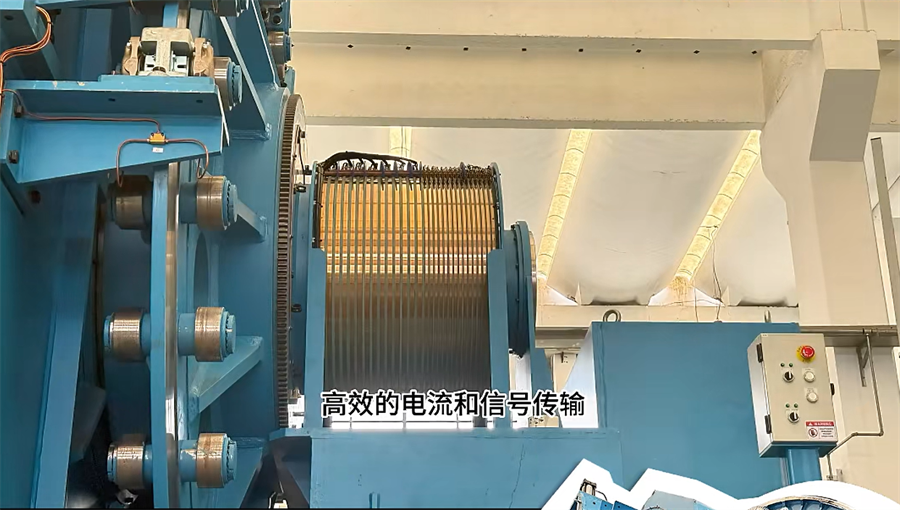
Constructed with high-quality materials such as brass, copper alloys, and durable insulating plastics, these Morteng 29 slip rings boast excellent electrical conductivity and wear resistance. They are designed to withstand the harsh conditions of cable manufacturing facilities, including dust, vibration, and temperature fluctuations, maintaining stable performance even during long-term, high-speed operation. Advanced Morteng 29 models often feature multiple circuits to simultaneously transmit different types of signals, such as control signals for motor speed and data for process monitoring, enhancing the equipment’s automation level.
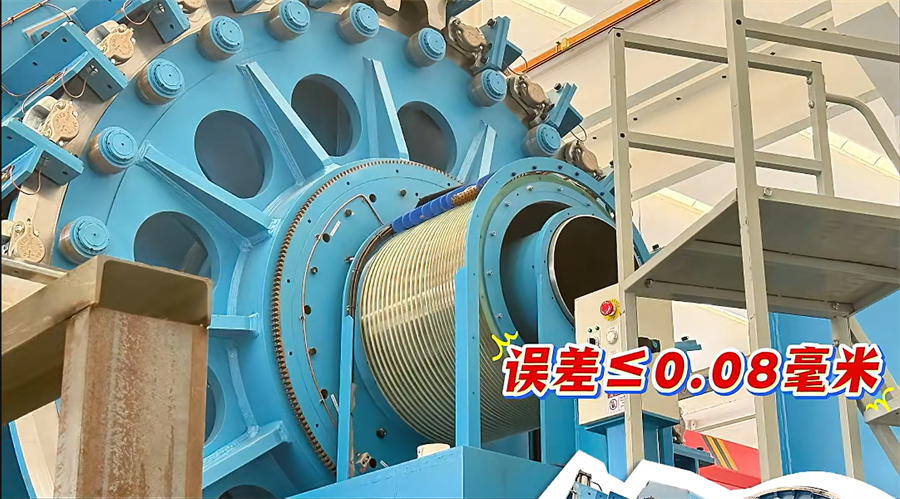
For armored cable equipment specifically, Morteng 29 slip rings play a key role in ensuring uniform armoring (e.g., steel tape or wire armoring) around the cable core. By enabling consistent power and signal transmission to rotating armoring units, they help maintain precise tension control and reduce production errors, ultimately improving the quality and reliability of the finished armored cables. Whether used in medium-voltage cable production lines or specialized armored cable manufacturing systems, these Morteng 29 slip rings are indispensable for boosting efficiency and minimizing downtime.
